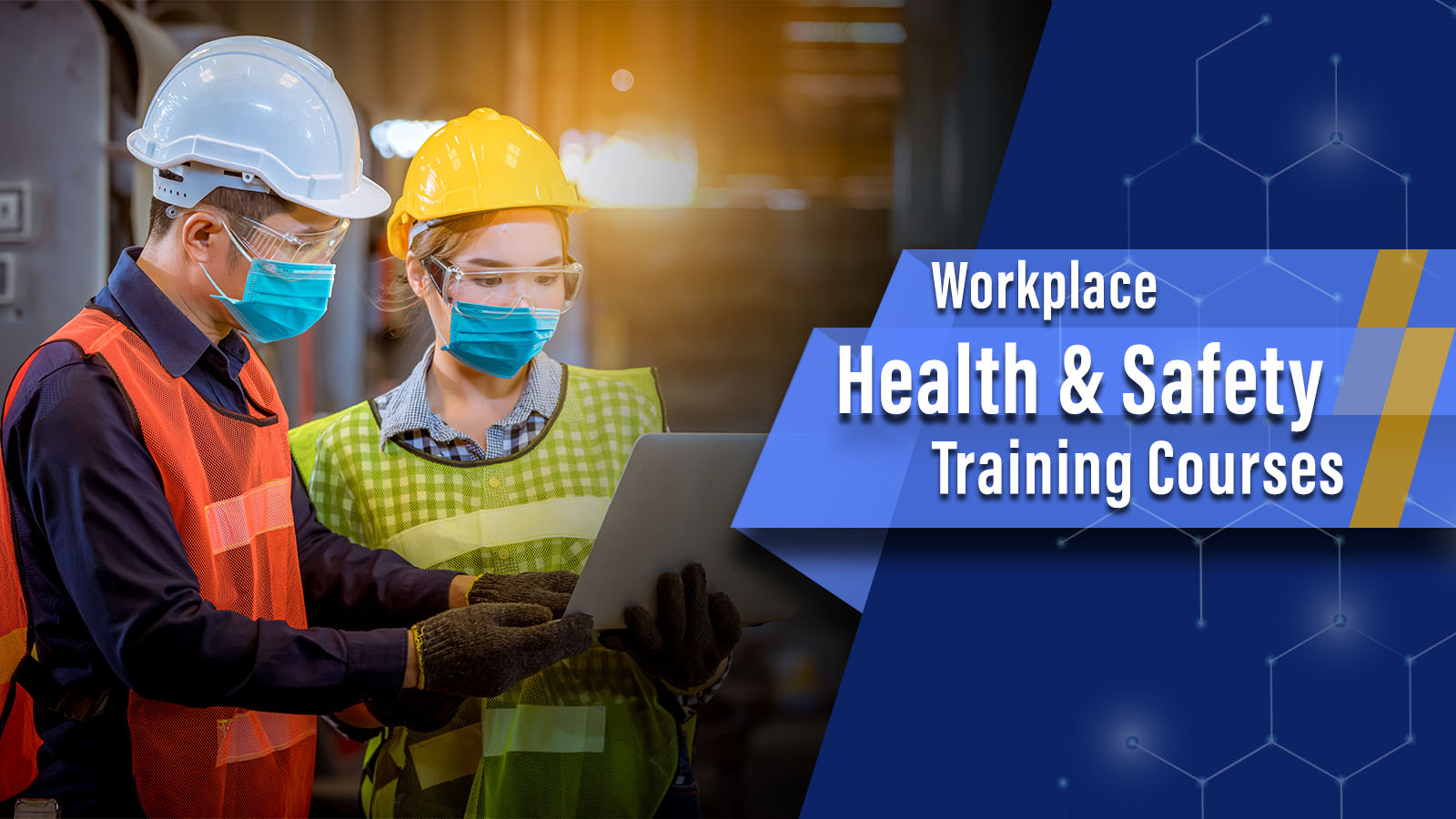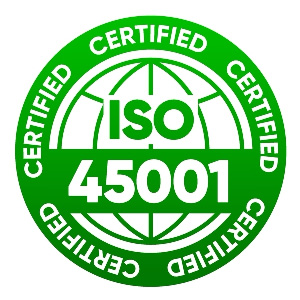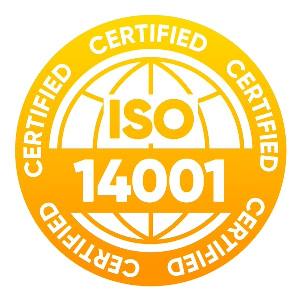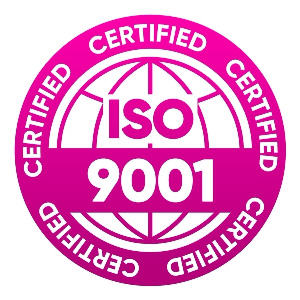What Is Health and Safety Training?
Health and safety training goes beyond being a legal obligation; it is an essential component of a safe, productive and responsible working environment. And what is it? Starting with the knowledge of occupational hazards to the knowledge of emergency operations and correct equipment usage, health and safety training provides employees with the knowledge and skills they need to perform to avoid accidents and safeguard themselves and their workmates.
What Does Health and Safety Training Actually Involve?
But what is actually in a training session? Training usually involves:
- Hazard identification: Learning how to identify the risks before they become issues.
- Emergency plans: Fire exercises, first aid, and evacuation.
- PPE (Personal protective equipment): Hard hat, gloves, goggles, or even simple ergonomics in the office.
- Safe work practices: How to manipulate chemicals, how to pick the right box.
- Legal awareness: Becoming aware of the responsibilities of the employer and the employee.
- That is, it is not theory but practical skills that can be applied right after you are back in the job.
Here is an example where a construction worker finds scaffolding that has not been fastened. Training helps him to know how to report it as soon as it happens so that he does not fall.
Types of Health and Safety Training Courses
What does health and safety training involve? Let's clear the training course topic; not all training is created equal. Depending on your role and industry, you may need different types:
General Induction Training: For All New Employees. Addresses company policies, fire exits, and reporting hazards.
Task-Specific Training: e.g., manual handling, forklift, or heights.Management and Supervisor Training: Direction is leadership-oriented - risk assessment, the implementation of safety policies, and accident reporting.
Refresher Training: Maintains up-to-date knowledge and ensures it aligns with changing regulations.
Likewise, some industries, such as healthcare, hospitality, or construction, typically require special training courses.
Basic Health and Safety Training Courses Price In Ireland
Course | Course Type / Notes | Price |
Safe Pass (SOLAS Safe Pass) | 1-day course, English version | €150 |
Manual Handling — Health & Safety Online Courses | ~30-minute online e-learning | €35 |
Workplace First Aid — Online Course | 2-3 hours | €50 |
Safe Pass | 1-day classroom | €185 |
Workplace Health & Safety (online, basic) | Self-paced eLearning, “basics” course | €99 |
Unsure which type your team needs? Contact us for tailored advice and course recommendations
Pros
Greater Safety at the Workplace - Employees know how to be able to recognize dangers and minimize accidents.
Legal Compliance - is in accordance with the demands of the Irish workplace health ( Safety, Health and Welfare at Work Act 2005).
Increased Employee Trust -Employees are better prepared to manage the risks.
Cost Savings-Reduced number of accidents will mean less insurance coverage and reduced downtime.
Flexible Learning Projects- Online, on-site, and blended coursework.
Cons
Time Commitment- Some courses require several hours or days, particularly practical courses.
Cost: In-depth or practical courses, such as First Aid Response, may cost quite a lot.
Refresher requirement - Knowledge expires, and updates must be done frequently to ensure conformity.

Online vs Traditional Classes: Which Works Better in 2025?
The controversy regarding what does health and Safety Training involve, in online classes and traditional classes. In 2025, Online education will have an unparalleled degree of flexibility, enabling learners and professionals to obtain quality education anywhere, and frequently at a reduced price. Conversely, the conventional classes offer physical communication, classroom set-ups, and better networking opportunities, which most learners would appreciate.
The actual question is not which of them is universally superior, but which one suits your purposes, the type of lifestyle you live, and the way you learn best. So let's compare,
Online vs Offline Course
Feature | Online Training | Offline / In-Person Training |
Flexibility | Learn anytime, anywhere | Fixed schedule, must attend in person |
Cost | Usually lower (€100–€120) | Slightly higher (€120–€150) due to venue & trainer costs |
Convenience | No travel needed | Requires commuting to the training center |
Interaction | Limited real-time interaction (unless live session) | Direct face-to-face engagement with trainer & peers |
Practical Demonstrations | Harder to simulate hands-on tasks | Hands-on practice with equipment & scenarios |
Certification | Same recognition as offline (if accredited) | Same recognition, often employer-preferred |
Best For | Busy professionals, remote workers, and quick refresher courses | Employees needing practical, hands-on experience |
Why Health and Safety Training Matters in Ireland
First of all, let’s talk about the why. So what is the big deal with health and safety training?
- Legal compliance: The Safety, Health and Welfare at Work Act of 2005 obliges employers to ensure that they give the employees training that is relevant to their work.
- Human protection: In its most simple form, training is concerned with keeping people safe, be it at an office-related slip-preventing or a construction site serious accident prevention.
- Business advantages: Reduced downtime, reduced compensation claims, and enhanced morale among staff.
- Maintained: In the event of a change in work processes, equipment,t or even regulations, refresher training is required.
- Applicable to the work: The different training that factory workers receive should be different in comparison to that of office workers.
As an illustration, a retail outlet that trained employees on how to handle things manually captured occupational injuries by 40 percent within only a year. It is not compliance, that is smarter business.
Want to stay compliant and protect your team? Explore our health and safety courses at Ireland T&T.The Advantages of Health and Safety Training.
How to Choose the Right Health and Safety Training Provider
And now, the last thing to discuss is the choice of the partner. A strong provider should:
Be totally accredited and recognised in Ireland. Provide flexible delivery (blended, in-person, and online).
- Give industry knowledge.
- Issue certificates with a life span of 2-3 years.
- Be decisive and open in pricing.
In the case of Ireland T&T, we are offering online, on-site, and blended training with multilingual support, thus making it accessible to different workforces.
Conclusion:
In other words, when anyone poses a question and considers the question of what does health and safety training involve, the answer will be a checklist and more. It is regarding the saving of lives, discharging of legal liabilities, and providing safer and more productive workplaces.
Be it on the part of an employer as he keeps working to ensure compliance, or be it on the side of employees who are keen on keeping safe, it is best to remember that good training forms the basis of every successful workplace
Ready to take the next step? Check out our Health and Safety Training Courses at Ireland T&T and make safety your workplace superpower.
FAQ,s
1. Is health and safety training compulsory in Ireland?
Yes, employers are under the requirements of the Irish law to offer health and safety training to be able to guarantee work compliance and safety.
2. Can I do health and safety training online?
The accredited online courses in Ireland are, of course, flexible, self-paced, and are usually recognised by employers.
3. How long is the health and safety training course?
Length of the course: 30 minutes as a beginner to three days as a First Aid one; Safe Pass requires no less than a day.
4. Are virtual courses as effective as face-to-face training?
Yes, the accredited online courses can also be valid, but the practical skills may have to be implemented face-to-face.
5. How often is the health and safety training refreshed?
A majority of courses need to be refreshed in 23 years or within a shorter period when the processes in the workplace, laws, or equipment are changed.
 EN
EN
 PL
PL
 PT
PT
 RO
RO



